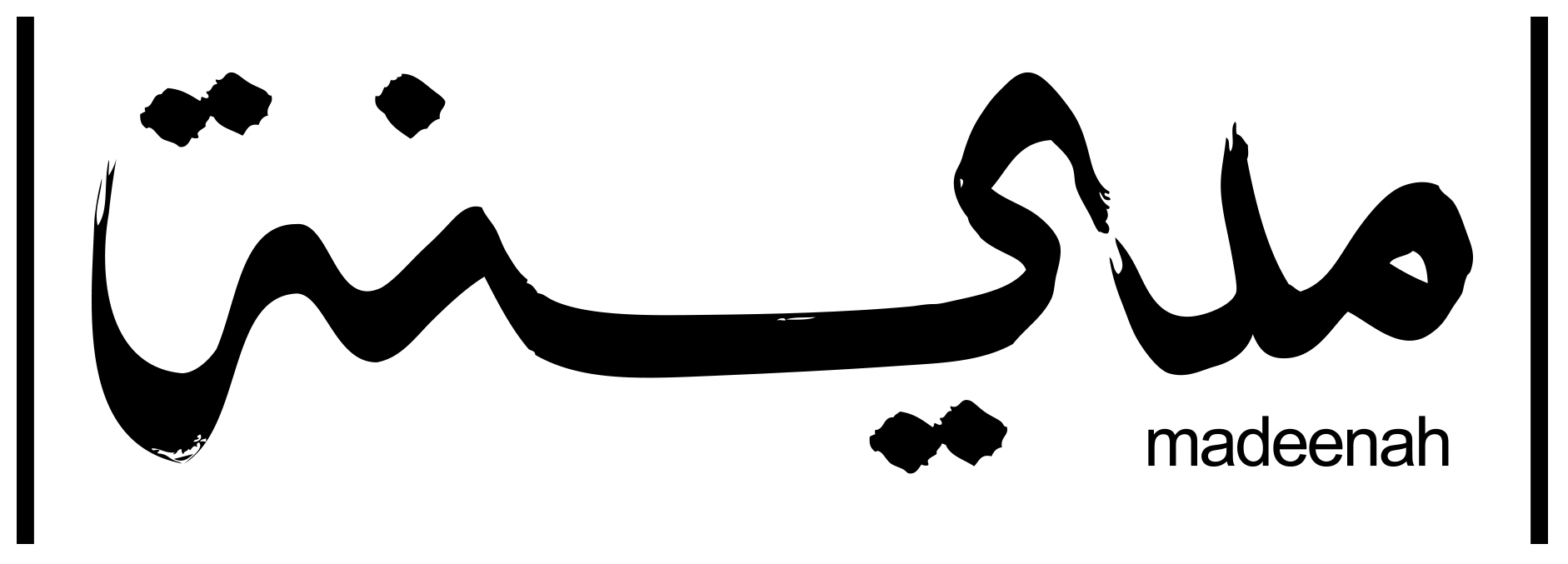....Change and Harmony in East Hawalli..شرقي حولي حيث الطرب والتجلي....



....Change and Harmony in East Hawalli..شرقي حولي حيث الطرب والتجلي....
US$0.00
....Beirut St.
The urban transformation of Kuwait after the discovery of oil was accompanied by migrating populations driven by emerging professional and academic opportunities. These shifts fostered multicultural exchange, enriching music, literature, and other arts. Kuwaiti music is a beautiful expression of this diversity and change, as local artists experimented with different musical styles and adapted global instruments in their music. Hawalli is located between the Third and Fourth Ring Roads, and was once a land with natural fresh water underground, nourishing orchards immortalized in the samriya "Ya Saud". East Hawalli was witness to an important part of Kuwait's musical history, a period that began in the 1960s and lasted into the 1980s. The area was home for all types of entertainment venues: cinemas, theaters, sports arenas, and art spaces. Al-Andalus Cinema was one of the most iconic of those venues, and hosted great Arab artists like Om Kalthoum, Najat Al-Sagheera, AbdelhalimHafez, Nazem Al-Ghazali and Fayrouz. This attracted the notice of music production and distribution companies, as well as sellers of musical instruments, all of whom set up shop in the area. Kuwaiti students performed the beloved school musicals of the 80s on stage at the nearby Institute of Special Education. In this walk, we will trace the historical continuity of entertainment in East Hawalli, through sound, stories and urban remains.
..
